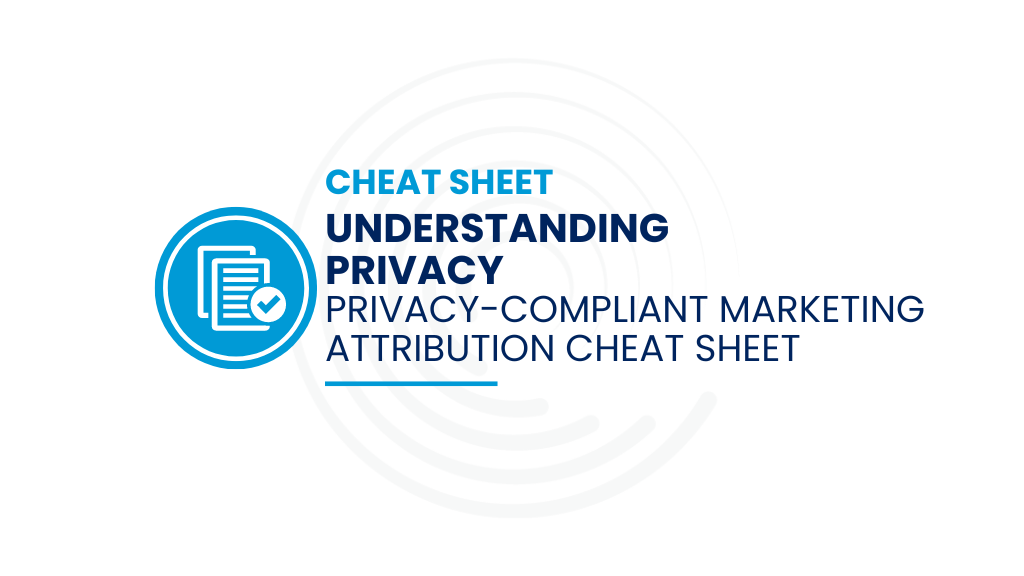Despite all the technology advancements we have made since the internet became widely adopted there is still a fundamental problem many businesses still aren’t able to solve – sales and marketing can’t get fully aligned. Chloe Basterfield outlined some key reasons this is happening in a blog post called Why sales and marketing alignment still isn’t working. I come across two of them a lot: marketing and sales data working with different data and nebulous marketing KPIs due to bad data or no data at all.
So how do we start getting marketing and sales on the same page? The simple answer is to track all your marketing and sales data in one place – we use Salesforce as our one source of truth for all our marketing and sales data. It lets sales and marketing look at the same reports and drill down into the underlying results of all marketing programs. Plus marketing can see exactly what happens to leads when they get passed to sales and track their campaigns all the way through the sales cycle.
But of course nothing is ever that simple. Even if everyone looks at the same data you still have to make sure marketing and sales agree on things like lead scoring, campaign attribution, SLAs, lead disqualification reasons, what types of reports are important to both departments, and of course KPIs.
Let’s tackle the first piece. Most marketing departments have some type of emailing tool or marketing automation solution they use that houses a marketing database and is where marketing campaigns are coordinated and executed. The key here is to make sure that the results of all your marketing programs get synced back into Salesforce. You need to be able to see every single campaign response in Salesforce (without records getting overwritten by newer campaign data) so that sales can see exactly what happened and every campaign a lead has interacted with.
If the sync between your marketing automation tool and Salesforce isn’t strong enough then the two departments will end up reporting out of two places and of course will analyze two different data sets. So if you want to achieve that mythical closed loop reporting leverage Salesforce as your one source of truth for your marketing campaign performance data and your sales data.
Next you have to work on the process pieces – however these are unique to every organization and how their marketing and sales departments function so I won’t go into a ton of detail. The real takeaway here is that if marketing and sales have access to the same data and are looking at the same reports it is much easier to find trends in the marketing-to-sales handoff and see exactly how marketing campaigns influence pipeline and revenue. For example if you do this you can see if MQL-SAL conversion rates drop during certain periods of time or for certain campaign types or even across different sales teams. This lets you figure out if there are any bottlenecks in the marketing-to-sales handoff and enables you to solve them and drive more revenue. Who doesn’t like that?
Another way this is helpful is in setting accurate revenue and lead volume goals for marketing for each month, quarter, or year. By tracking all your campaign responses in Salesforce you can see how many opportunities are created from each campaign, what the close rates are, and exactly how much pipeline and revenue can be directly tied to marketing programs. This lets you benchmark marketing performance monthly or annually and understand exactly how much you need to spend to generate a certain amount of leads or pipeline for sales and set the right goals for each fiscal period.
So the real takeaway is that if you align marketing and sales by tracking all marketing data in Salesforce you can accurately benchmark performance and set KPIs for marketing that make sense and are based on hard data, not just best guesses. This will keep everyone on the same page and also make it easier for marketing to understand what campaigns really impact deals and iterate on those to drive even more revenue for sales.
To learn ways to perfect the marketing-to-sales handoff to drive your deal flow, watch the webinar: Stuck in the Middle: Strategies for Turbocharging Your Funnel.







